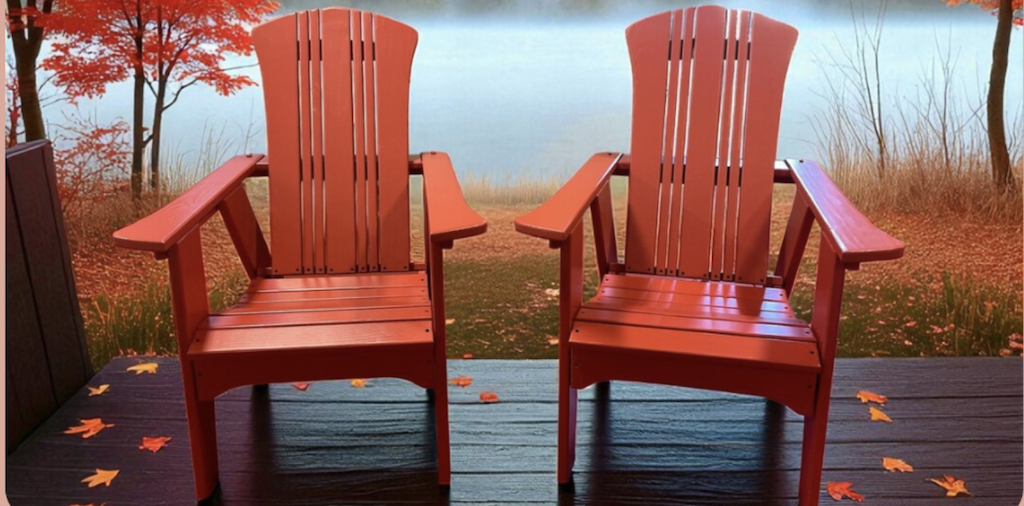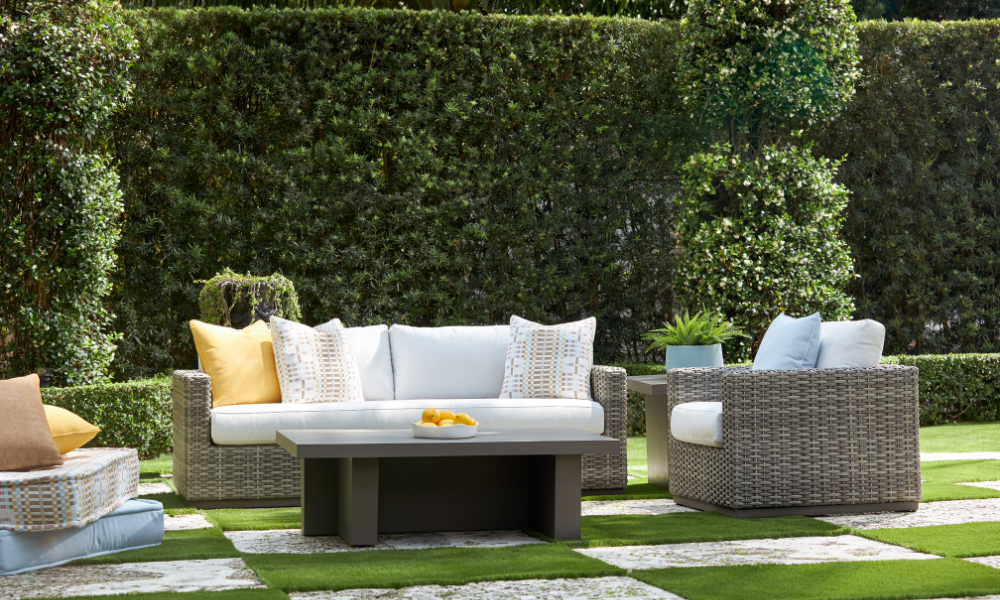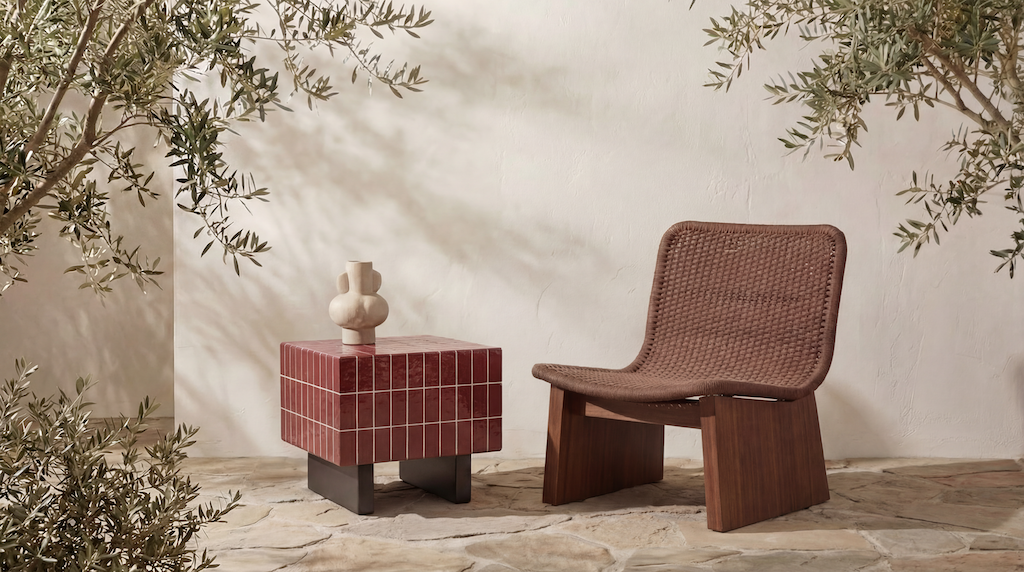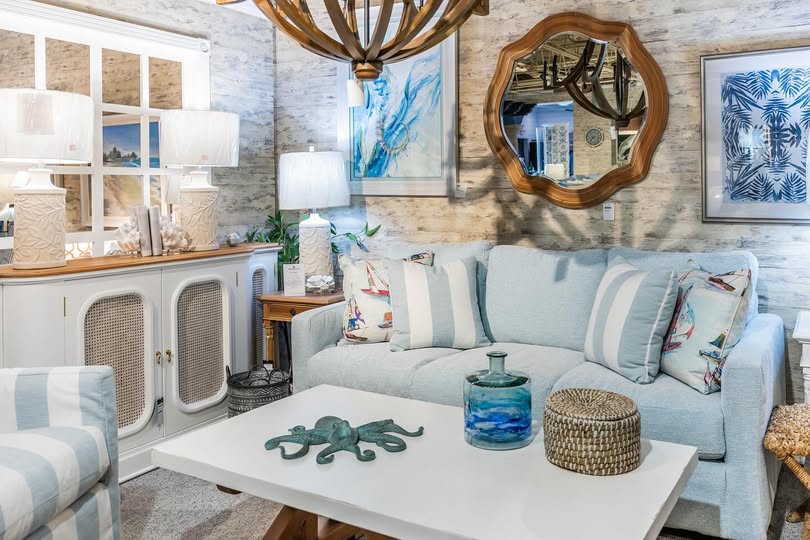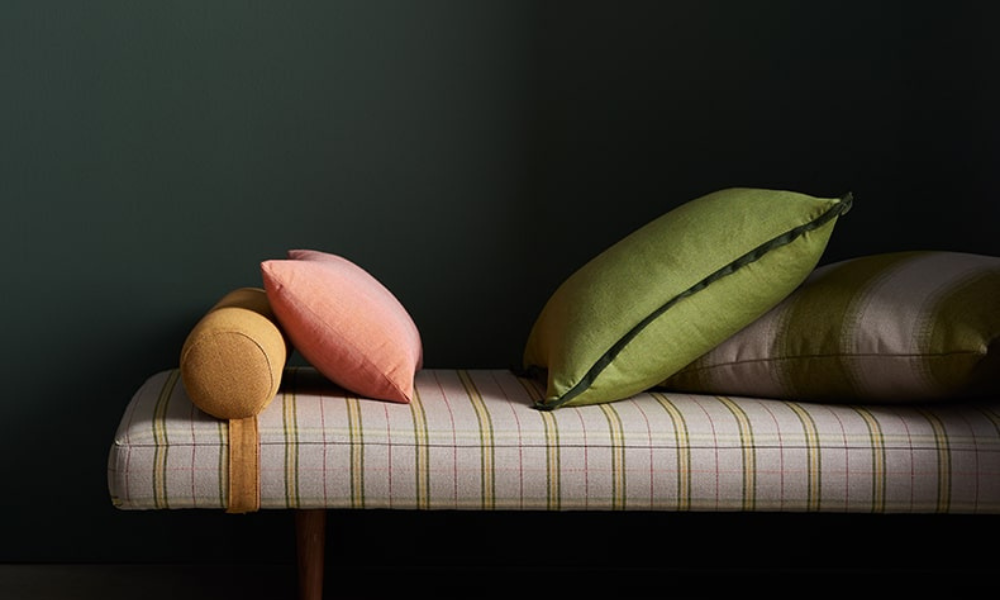Necessity may well be the mother of invention, but in this case on the Jersey Shore, necessity for outdoor furniture gave birth to an outdoor furniture store with five locations.
Ken Mazda, vice president of sales and stores at Surfside Casual Furniture, says that the original owners — Larry Himmelstein, a retired civil engineer from Philadelphia, and his wife, Dorothy, who was running a hotel in Ocean City, New Jersey, in 1982 — couldn’t find the outdoor furniture they needed for the hotel. And, besides, Himmelstein had just retired and was looking for something to do.
They started their own store in Ocean City — and it took off from there. It’s still a family business, as the Himmelsteins’ son Robert and grandson Stefen are both now involved in running the store. And Himmelstein himself, at 95, still handles merchandising for outdoor.
Today’s retail
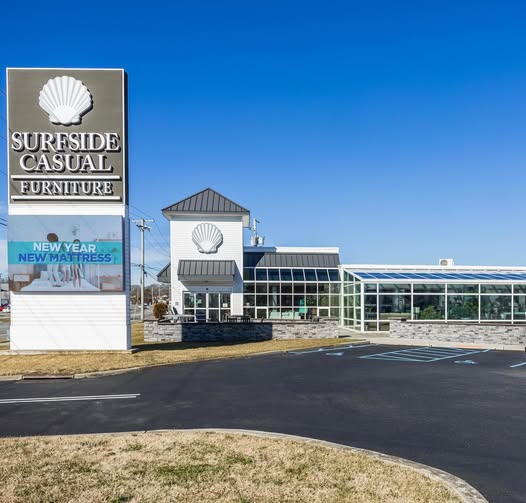
Mazda says that 2025 will mean putting a priority back on the basics.
“The most important thing will be to maximize the traffic, the average unit selling price,” he says. “It may be down a little bit — you have to do the best you can with what you have. Merchandising, too, is always important; you have to have the right selection or it is all a moot point. And store experience — people have again become accustomed to shopping, and those who offer a better experience are going to be the stores that close the sales.”
These days, the supply chain has again become an area for concern.
“The biggest challenge is fluctuating freight prices,” Mazda says. “It is hard to merchandise and price your floor when quarter to quarter you can have a 20% to 30% swing in freight costs. Honestly, the way you overcome it is to take a little shorter margin on the higher freight items.”
Overall, 2025 is coming after a year in which traffic was less but sales were higher.
“We have been maximizing each customer who comes through the door, and we have to do the same thing this coming year,” he says. “You have to be staffed properly, and you have to have a good partnership with vendors. It’s a balancing act — if you have both you can maximize each customer.”
To get the word out, Surfside Casual is going both individual and mass market, with social media and outdoor. Mazda says the store has invested heavily in giant pylon video screens, putting their message out on 25-by-20-foot video screens.
“With the big screens, we are in beach towns so especially in season, traffic is enormous,” he said.
Waiting in the wings are upcoming campaigns in direct mail and print placements in shelter magazines, which Mazda says are a sign of marketing finally returning to normal after the disruption caused by the pandemic.
To decide on what to carry, Mazda says the store makes it simple.
“We have the philosophy that we want to be important to each one of our vendors,” he says. “Once we have one, we want to maximize our use of their product selection and if they can’t fit a need, we look for a vendor that can. We want to make sure our vendors know we are important to them and they are important to us.”
To set themselves apart, Surfside Casual strives to hit a wide swath of its customer base by keeping a lot of inventory in stock for those who want a quick delivery and, at the same time, offering free decorators and special orders for those who are willing to wait.
As far as the competition is concerned, Mazda says that high-quality full-line stores are good for the outdoor industry.
“A quality retailer who is promoting something that makes the pie bigger — making the pie bigger is good,” he says. “But I have to caution any full-line store — there are a lot of pitfalls. A lot of outdoor furniture won’t hold up, and that can become a nightmare from a customer service standpoint, if you don’t know what you are doing.”
On online retailers, Mazda says his store counters them with two things: custom-order work and customer demand.
“Ninety percent of people want to give it the tush test,” he said. “You can’t custom order online, you have to see fabrics. And besides, we don’t sell a lot of commodity products; we’re not on the lower end. A lot of lower end is just commodity products and if somebody is looking for that, they are probably not our customer.
Any advice for struggling casual retailers?
“Get back to basics,” he says. “Why are you struggling? What is your company mission, what are you trying to achieve and are you on target to achieving it? If that’s not the struggle, if it’s more of a profit-loss type of struggle, the economy is not going to be kind to it. You have got to control inventory and again, you are back to basics of business. Unfortunately, for most retailers, the biggest variable is rent. On a balance sheet or an income statement, there is always rent. If you are starting out, make sure your rent is in line with the volume you are going to make. You have to have a good location and if you own the property, it is best, then you own your own destiny.”

